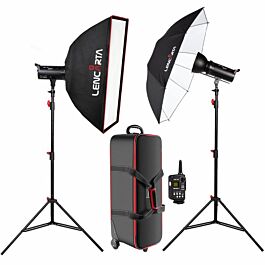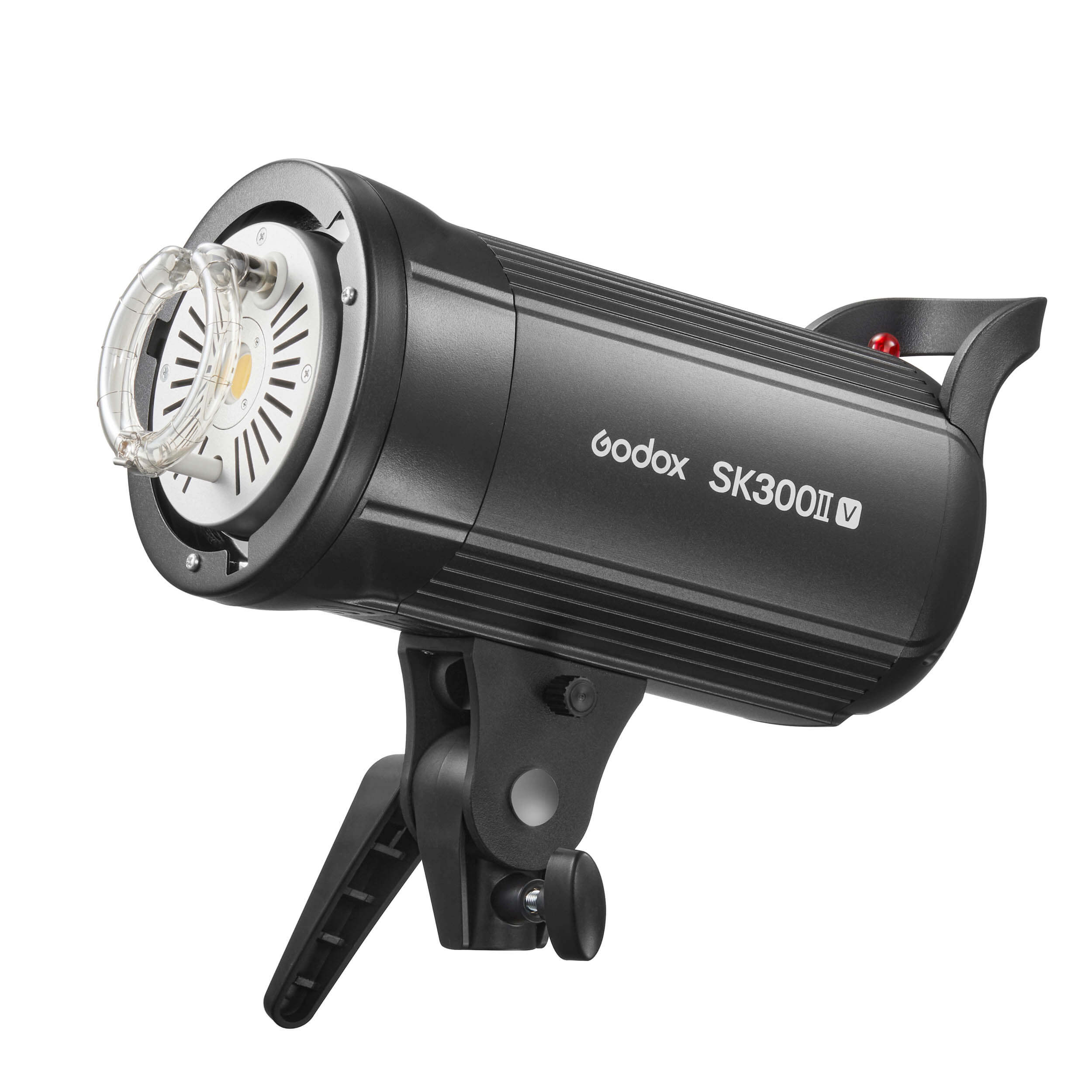Studio photography isn't cheap, unless we compare it to other specialities, for example wildlife photography, where people spend unbelievable amounts on equipment

The point that I was trying to make (but badly) was that very little equipment is actually needed to get started. There are costs benefits in minimising the equipment but, more importantly, there are major benefits in adopting the KISS principle (Keep it simple, stupid) because every extra bit of gear works against the other bits of gear and also needs a much higher level of both knowledge and experience.
I'm a bit of an inverse snob when it comes to gear - a very long time ago I had to manage with almost nothing, and had to use imagination, skill and experience to get pro results. As time went on I ended up with a very large pro studio, equipped with everything that I could possibly need, all paid for by other people, so have seen both sides of the argument, but I still believe in using care and thought rather than gear, so I strongly advocate a minimalist approach to gear.
Agreed. Flashguns are much slower, more complicated, and less good than studio flashes.
It's weird, but a lot of people pay far too much for inferior products, they insist on choice and then make the wrong choices

I was shown the stand, or at least the locking mechanism, on a visit to a factory in China. We had a language problem, but the factory owner didn't need English and I didn't need Mandarin, he gave me the part, a great big lump hammer and pointed to the concrete floor. I couldn't break it, I couldn't even scratch it, and then with an interpreter we designed the actual stand over the next few months, and later added the bigger one, the low level one and, finally, the lightweight one - but a lot of people still buy the useless legacy designs

The mechanism is patented and is so the stands are unique to Lencarta, I think it strange that anyone buys anything else!
The one I originally linked to, the 265cm one, is the bog-standard and most useful size for most people. The low-level one is perfect for strip softboxes and for when the flash head needs to be on or just above the ground and the 360cm one is massive, and only needed where there is loads of headroom. The lightweight one is really just for flashguns although inevitably some people use studio flash heads on them.



